THE LADY ACROSS THE LAKE: How nature stimulates creativity and community — for children and adults
On the way to Mrs. Townsend’s house, I would stop and listen to the sound of ice expanding. Pinpointing where the frozen booms came from was impossible, so I would hunker down in the Kansas wind and keep walking. Even so, I was easily distracted. Now and then, I would encounter the staring eye of a bluegill, suspended in the ice like a prehistoric fly caught in clear amber.
When I reached the far side, Mrs. Townsend would wave me into her cottage.
A widow, she lived alone and published our little community newspaper. I do not remember her first name. Adults did not have first names in those days. In the fading light, I would sit down on her settee, and she would sit in her wingback chair on the other side of the fireplace, which was always lit on winter evenings. I would hand her my fishing column.
“Typed. How nice,” she would say. Then she would lean back and read it, and I would hold my breath. When she began to laugh, the fire seemed to grow brighter and hotter.
This is not the first time I have told this story, but today when I think about Mrs. Townsend and the ice crossing, I’m especially struck by the connection of nature, creativity and community.
In The Ecology of Imagination in Childhood, Edith Cobb wrote that a person’s “capacity to go out and beyond the self derives from the plasticity of response to environment in childhood.” And she continued,
Memories of awakening to the existence of some potential, aroused by early experiences of self and world, are scattered through the literature of scientific and aesthetic invention. Autobiographies repeatedly refer to the cause of this awakening as an acute sensory response to the natural world.”
Cobb’s methodology has been questioned, but more recent studies indicate that she was on to something. For example, in 2006, a Danish study found that outdoor kindergartens were better than indoor schools at stimulating children’s creativity. The researchers reported that 58 percent of children who were in close touch with nature often invented new games; just 16 percent of indoor kindergarten children did. Other research focuses on adults. A few weeks ago, the KU News Service reported: “Research conducted at the University of Kansas concludes that people from all walks of life show startling cognitive improvement — for instance, a 50 percent boost in creativity — after living for a few days steeped in nature.”
Nature inspires creativity through the ecstatic experience – witnessing the eye of the bluegill comes to mind — but also through the complexity of possibilities for play and learning, and through a kind of osmosis.
“There’s growing advantage over time to being in nature,” said Ruth Ann Atchley, department chair and associate professor of cognitive/clinical psychology at the University of Kansas. “We think that it peaks after about three days of really getting away, turning off the cell phone, not hauling the iPad and not looking for internet coverage. It’s when you have an extended period of time surrounded by that softly fascinating environment that you start seeing all kinds of positive effects in how your mind works.”
We need more research, but we know intuitively that nature stimulates the mind and soul and our love of place. We do know this: Making the connection requires not only special places but special people, as University of Colorado researcher Louise Chawla often says. Those mentors can be parents or grandparents, an uncle or aunt. They can also be our friends.
Here is how I became a journalist: When I was 13, my friend Pete Sebring stood up at a meeting of the Quivira Lake Fishing Club – an assembly of older men, retired, who drank more than they fished. Pete told them that I should write the monthly fishing club column. They all turned and looked at me. Fresh prey.
Mrs. Townsend not only encouraged my writing about nature, but also taught me about the connection between nature, creativity and community. One evening, she told me this story:
“Richy, there is a lady across the lake, on the other side of your cove,” she said. “She doesn’t go outside much. She is very depressed. But this lady knows when your deadline is. Every month she calls me and asks me to read your column to her over the phone.”
“Why?” I asked.
“Because it makes her laugh.”
I learned then that a writer does not write for thousands of people, but for one person — perhaps the lady across the lake.
Mrs. Townsend died a few years after I left Kansas. Her cottage was torn down and replaced by a California-style stucco monstrosity. As for the lady across the lake, I never learned who she was, but I still write for her.
-
Network News
POLICY UPDATE: Policy and advocacy for the children and nature movement
-
Voices
Binoculars, bald eagles and my journey as a Black birder
-
Richard Louv
THE WONDER BOWL: Ten Spring and Summer Nature Activities for Kids and Adults
-
Network News
Minneapolis Spotlight: The promise and possibilities of parks for youth
-
Voices
Why nature is my motherhood ally


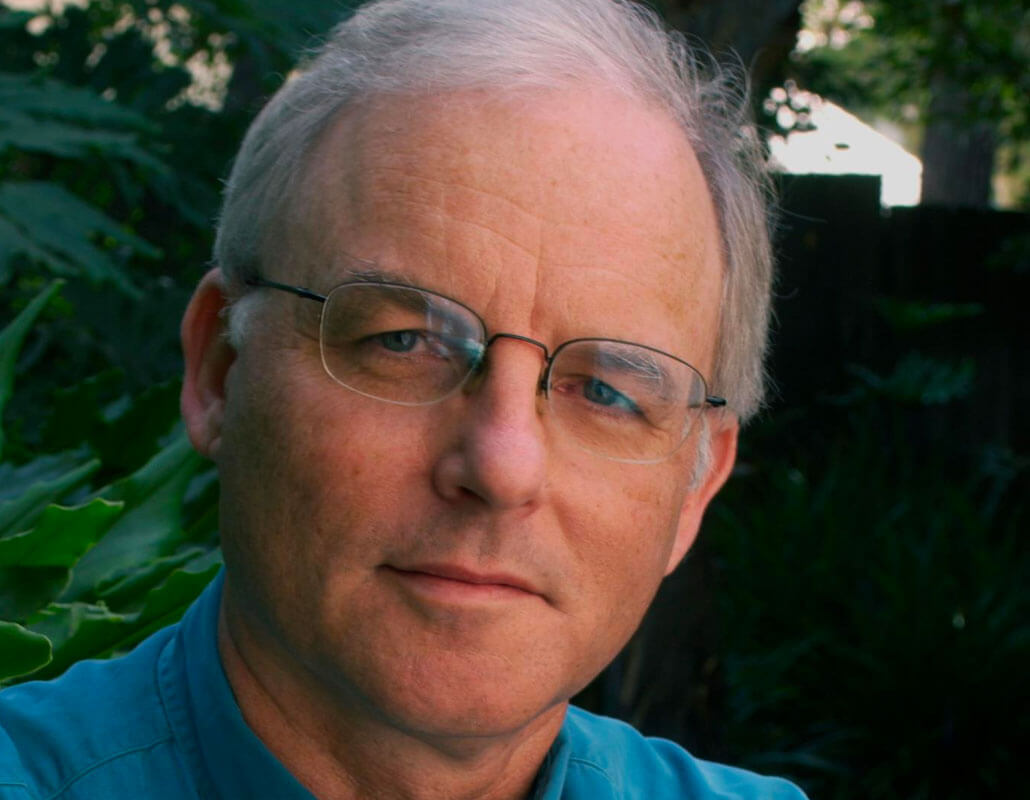
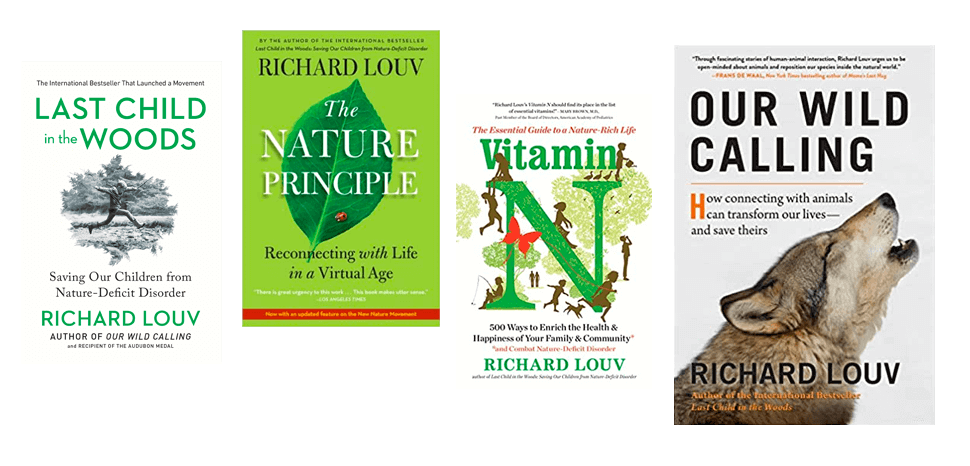
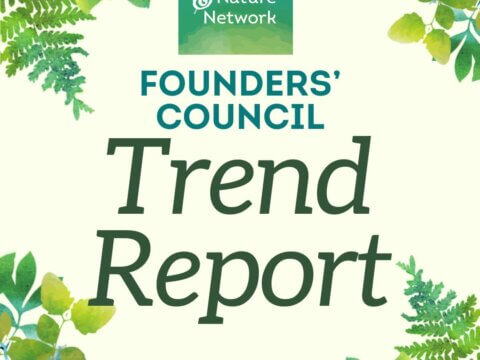
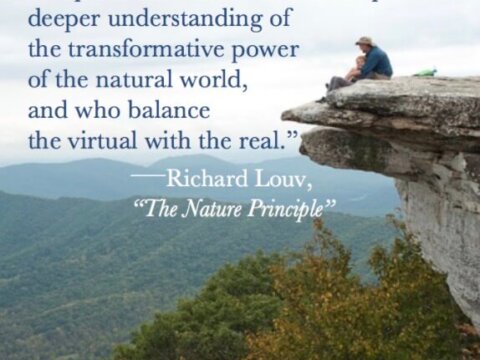
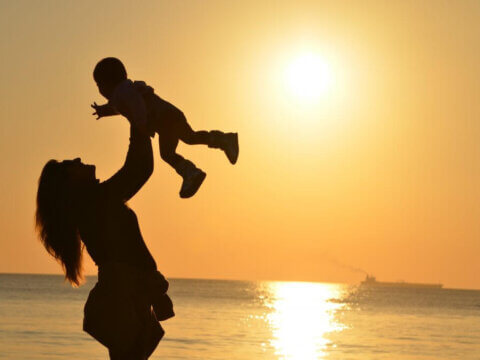
Commentaries on the C&NN website are offered to share diverse points-of-view from the global children and nature movement and to encourage new thinking and debate. The views and opinions expressed are those of the author(s) and do not necessarily reflect the position of C&NN. C&NN does not officially endorse every statement, report or product mentioned.